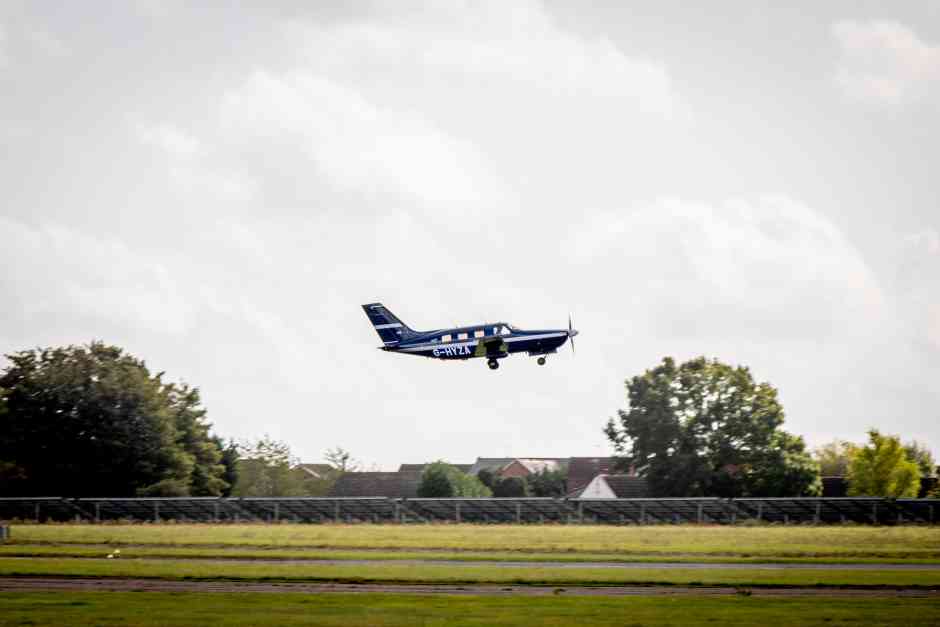
The flight took place at the company’s R&D facility in Cranfield, with the modified Piper M-class six-seat plane completing taxi, take-off, a full pattern circuit, and landing.
In a statement ZeroAvia said that the fight marks a major step towards the use of zero-emission hydrogen as the primary energy source for commercial aviation. The company claims that ultimately hydrogen-powered aircraft will match the flight distances and payload of the current fossil fuel aircraft.
ZeroAvia’s hydrogen-electric powertrain is projected to have lower operating costs than its jet-fuelled competition due to lower fuel and maintenance costs.
The flight was conducted as part of the UK government HyFlyer project – a collaborative effort involving ZeroAvia, the European Marine Energy Centre and Intelligent Energy aimed at demonstrating low carbon powertrain technology that could replace conventional engines in propeller aircraft. It follows the UK’s first ever commercial-scale battery-electric flight, conducted in the same aircraft in June.
Through this project, Intelligent Energy is optimising its high-power fuel cell technology for application in aviation whilst EMEC is supplying green hydrogen for the flight tests.
In another claimed first, ZeroAvia and EMEC have also developed a so-called Hydrogen Airport Refuelling Ecosystem (HARE) at Cranfield Airport. This system demonstrates all of the components of a hydrogen airport ecosystem, including green hydrogen production, storage, refuelling and fuel cell powered-flight.
The next – and final stage – of the program will a 250-mile zero emission flight out of an airfield in Orkney before the end of the year. The demonstration of this range is roughly equivalent to busy major routes such as Los Angeles to San Francisco or London to Edinburgh.
Val Miftakhov, CEO, ZeroAvia said: “While some experimental aircraft have flown using hydrogen fuel cells as a power source, the size of this commercially available aircraft shows that paying passengers could be boarding a truly zero-emission flight very soon.”
This latest development follows Airbus’ recent unveiling of three zero-emission hydrogen fuelled commercial aircraft concepts that it claims could enter service by 2035.










McMurtry Spéirling defies gravity using fan downforce
Ground effect fans were banned from competitive motorsport from the end of the 1978 season following the introduction of Gordon Murray's Brabham...